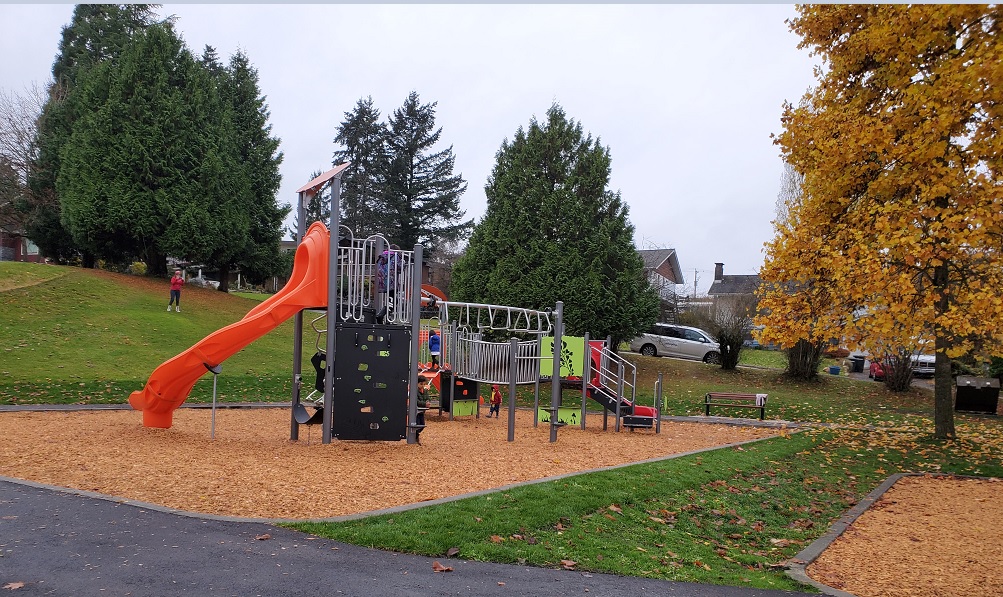Most school-age children are eager to go running, climb, swinging, and spend time with their friends and classmates; all of these activities help children’s development, teaching them to share, be part of a team, and make decisions. The school is traditionally the place where different skills are learned that will be useful in the development of the future individual; however, in addition to academic education and conventional sports spaces, there must also be spaces where free play and creativity are allowed. An essential element in this context is playgrounds, which offer a place where recreational activities can be carried out safely and constructively.
Complementing activities outside the classroom
The ability to listen and follow directions in the classroom is enhanced if children can participate in the playground activities. Outdoor play in a stimulating space allows children to develop their creativity and adapt to new ideas or game proposals that may arise from their classmates or teachers. Through a playground, a teacher can perform different outdoor activities that complement the knowledge acquired in the classroom.
Adapted to different ages
A school can build multiple playgrounds (or a single playground with multiple sections) to accommodate a wide range of ages of children, from young children who need more security to older children who want to climb, swing, and play more challenging but safe games. All these spaces can be integrated, achieving a diverse and safe environment for children of different ages.
Benefits of playing at school
A playground in a school helps students to develop physical, social, self-esteem, and confidence skills. Motor skills will be highly favored since they allow the child to perform various activities that cannot be done in a classroom or a conventional sports space. If you want to know more about the benefits of playgrounds, you can visit the following link.
Differences of playgrounds with other conventional sports spaces
One of the great advantages offered by the playground compared to a conventional sports space is that it is a safe place where different “free” or “unstructured” games can be developed, for example, on a soccer or basketball field is limited to perform certain games or activities in the said area (different from the sport), although it is possible to condition said space for other activities, there is the disadvantage that external elements must be carried to assemble a “new environment” for work or games, instead, a playground offers ready elements for children to play immediately, which allow them to carry out a large number of different activities and games, meeting various safety and comfort standards.
What do you think about this topic? Do you think the playgrounds and school are compatible?
If you want to know more about playgrounds, you can subscribe to our newsletter and have free access to our report entitled Seven advantages of having a playground in your community.
Image for Westplay.
